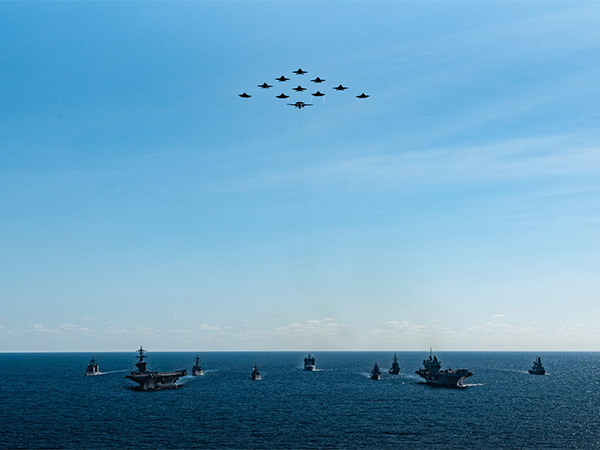
Overview of Exercise Talisman Sabre 2025
Exercise Talisman Sabre 2025, a significant military exercise held across Australia, showcased the coordination and readiness of forces from multiple nations. The event took place from July 13 to 27, 2025, and involved more than 40,000 personnel from Australia, the United States, and 17 other countries. This biennial exercise spanned a vast area, covering 5,300 km from east to west, and included activities such as parachute drops, amphibious landings, and airfield seizures.
The exercise featured participation from returning nations like Canada, Fiji, France, Germany, Indonesia, Japan, New Zealand, Papua New Guinea, the Philippines, South Korea, Tonga, and the United Kingdom. Additionally, five new participants joined for the first time: India, Singapore, Thailand, the Netherlands, and Norway. Malaysia and Vietnam observed the exercise, considering their potential future involvement.
Brigadier Damian Hill, the exercise director, described Talisman Sabre as "the mini-Olympics" of military exercises, emphasizing its scale and complexity. The event encompassed 80 training areas and bases, with over 150 aircraft and 30 ships participating. The exercise aimed to enhance interoperability among allied forces and prepare for potential conflicts in the Indo-Pacific region.
The Notional Enemy: The People's Republic of Olvana
A unique aspect of this year’s exercise was the use of a fictitious adversary known as the People's Republic of Olvana. According to the Decisive Action Training Environment (DATE), Olvana is a communist nation created in the mid-20th century, located in eastern Asia, bordering the Yellow Sea, East China Sea, and South China Sea. The description highlights Olvana's growing economic and military power, positioning it as a regional hegemon capable of exerting influence across the globe.
Notably, the map of Olvana closely resembles modern-day China, suggesting that the exercise scenario is designed to simulate a conflict against a peer adversary. This shift in focus from counter-insurgency warfare to conventional conflict reflects the evolving security landscape in the Indo-Pacific, particularly the rising influence of the People's Liberation Army under President Xi Jinping.
Strategic Implications and Deterrence
While the exercise director emphasized that deterrence against specific adversaries is not an explicit objective, he noted that the exercise aligns with broader defense strategies aimed at protecting national interests. The emphasis on interoperability and joint operations underscores the importance of working together to address potential threats.
One of the key strategic elements of the exercise was the deployment of the Mid-Range Capability (MRC) missile system, also known as the Typhon. During the exercise, the MRC fired an SM-6 missile hundreds of miles into the sea north of Australia, simulating a response to an enemy naval presence. This demonstration highlighted the capability of the system to create protective bubbles around critical islands, such as those in southern Japan, Taiwan, or the Philippines.
The Typhon missile system can fire either SM-6 or Tomahawk missiles, providing a range of up to 1,000 miles. Deploying such systems along the First Island Chain could significantly challenge the PLA's ability to operate in the Western Pacific. The US Army has already stationed an MRC battery in the Philippines, further reinforcing the strategic posture in the region.
Lessons Learned and Future Operations
The live firing of the SM-6 missile provided valuable insights into the development and employment of land-based maritime strike capabilities. These lessons will inform future operations and contribute to regional security and stability. Other advanced weapons, such as the Dark Eagle hypersonic missile, are also being considered to counter China's anti-access, area-denial strategy.
The exercise also featured several "firsts," including Australia's live-firing of newly delivered HIMARS rocket launchers. These events underscored the commitment of participating nations to enhancing their military capabilities and readiness.
Conclusion
Exercise Talisman Sabre 2025 served as a powerful demonstration of the capabilities and cooperation among allied forces. By simulating scenarios involving a peer adversary, the exercise reinforced the importance of deterrence and preparedness in the Indo-Pacific region. As the strategic landscape continues to evolve, such exercises play a crucial role in maintaining regional stability and safeguarding national interests.
